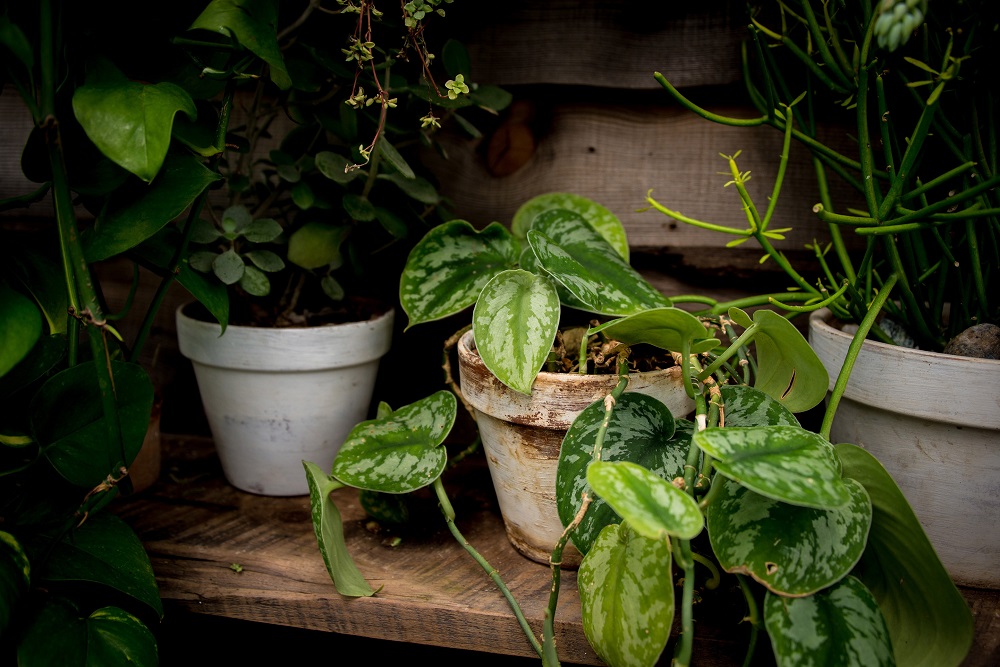‘It’s easier to give up plastics in the garden than in the house,’ says Elke Schwarzer, the biologist, blogger and author of the book ‘Un jardin sans plastique’ (A Plastic-Free Garden). — Unsplash pic
PARIS, April 26 — From using natural materials to making your own plant pots, in a new book, the German author and biologist Elke Schwarzershares shares tips and tricks on how green-thumbed readers can to tend to their gardens without using too much plastic.
Plastic is everywhere: in stores, in hospitals, in schools, at home. And the environmental impact of waste from this material is now only too well known.
But if you thought that gardens and green spaces were a safe haven from plastic, then think again.
Even if you’re careful not to buy gardening supplies in plastic packaging, chances are that plastic will still find its way into your garden.
However, “it’s easier to give up plastics in the garden than in the house,” says Elke Schwarzer, the biologist, blogger and author of the book Un jardin sans plastique (A Plastic-Free Garden), published April 20 in France by Editions du Rouergue.
The book proposes 150 sustainable alternatives to plastic to help tend to your garden in a more sustainable way. Here’s a look at three of the author’s top tips.
Buy (our source) your plants loose
Elke Schwarzer is a nature lover and has been running her small city garden in northern Germany since 2003.
Despite its limited size, it is home to many wild plants that she also uses in her cooking. She prefers to source her plants from local nurseries or from plant exchanges.
“At the weekly market, plants are also often sold without pots, in newspaper. I have also found perennials and countless flowering bulbs dumped randomly in the forest or hidden in the bushes near community gardens,” the blogger explains.
Make your own pots
“The attic and cellar are often Ali Baba’s caves of ideas, just waiting to come out into the light and into the garden,” says Elke Schwarzer. One alternative to the traditional plastic pots is to repurpose all kinds of old objects — so long as there’s a system that allows water to drain out.
An old coffee pot, pans, a cooking pot, a metal can…. anything goes. You can also make seedling pots using old egg cartons or by rolling newspaper around a wooden cylinder as a mold.
“With bicycle rims, you can make plant bed borders by cutting them in half, or if you attach them to the wall, they can be used to support climbing plants. Ideas abound when you walk around the city, as the space available for plants is limited and the inhabitants show great creativity.
In Amsterdam, for example, you can find canisters, mailboxes or old metal garbage cans on every street corner, lovingly filled with plants of all colours and sizes,” notes the biologist.
Work with wood
Whether it’s for your garden furniture, plant beds or a compost container, almost everything can be made of wood — the material most commonly used in gardens before the widespread use of plastic, says Elke Schwarzer.
To ensure the materal’s durability, the author recommends using resistant European woods such as larch, pine, oak or chestnut. — ETX Studio


